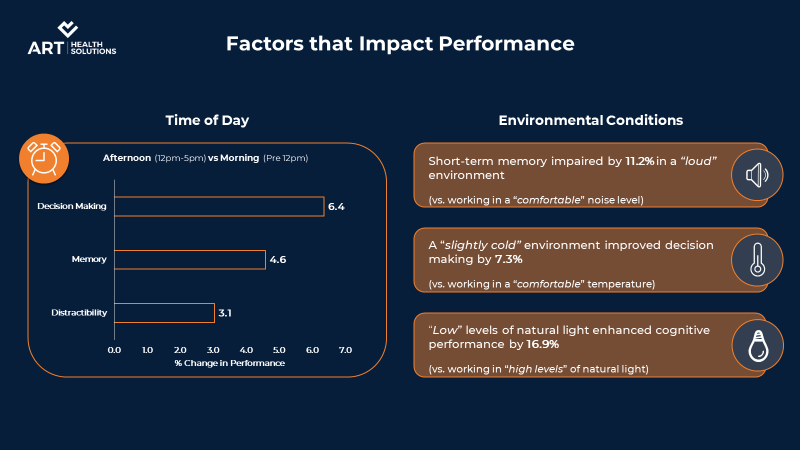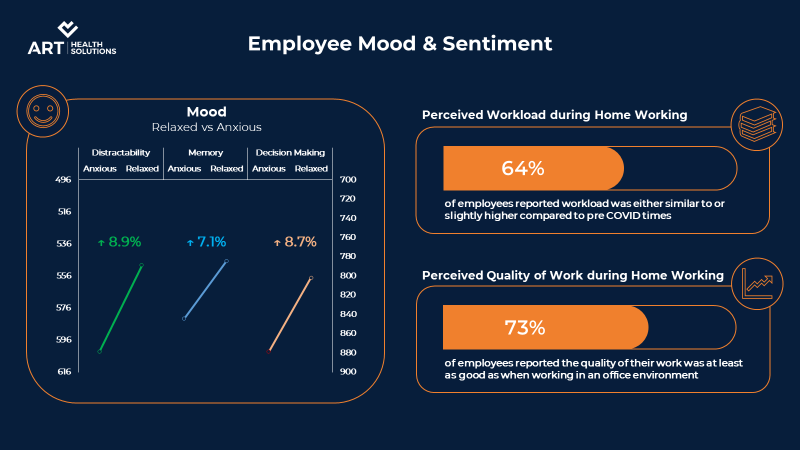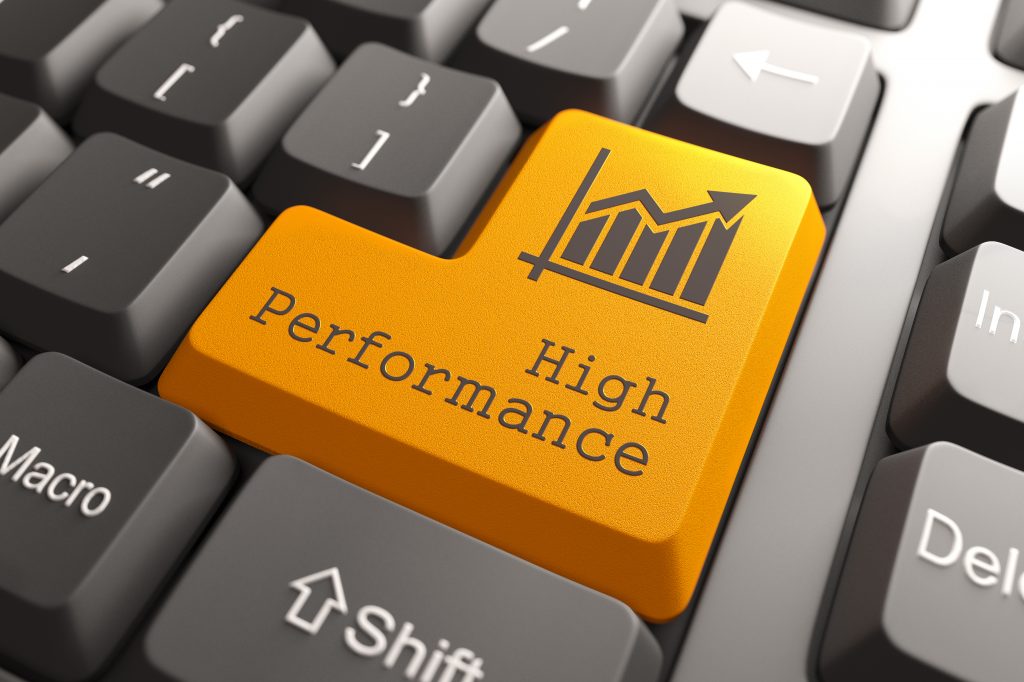In my previous article I discussed some of the initial findings from our “Home Working” study and specifically the impact of this period of isolation on our own teams wellbeing. The data highlighted that as a team we had coped reasonably well with the adjustment to working from home and communicating as a business using video conferencing technology and other digital tools. We’d seen an improvement in certain metrics such as restorative sleep and heart rate variability, whereas other measures such as daily steps had decreased but overall physical activity had remained constant. These insights provided us as a business with the type of accurate data we needed to properly support our employees, ensuring the tools and processes we had adopted were fit for purpose and tailored to the specific needs of our team. Ongoing data collection and monitoring has allowed us to evaluate whether these support mechanisms have continued to be successful in helping our team to demonstrate positive wellbeing traits in the weeks since the initial insights were reported. In this respect, the data shows that our team have continued to respond positively from a wellbeing perspective which allows us to be confident in the strategy that we have adopted to support employee wellbeing during home working.
Moving forward, managing the transition to a new business as usual (BAU) and developing a long-term strategy around ways of working are now at the forefront of our minds as the possibility of an end to certain restrictions has appeared on the horizon. The initial transition to a new BAU will be fraught with difficulties, as policies need to be put in place to ensure employees feel safe when working in the office and during their commute to and from work. Our data will help inform our decision making in this regard and help us decide if certain members of the team would benefit from a return to the office sooner than others, due to difficulties they may be faced with when working from home. Continued measurement of employees during this transition phase will be critical to understand how reduced occupancy, restricted movement and low/no “in-office” collaboration with colleagues, impacts both the wellbeing and performance of our employees.
This moves me on to how workplace performance is being impacted during isolation and some insights we have found since our “Home Working” study began with not only our own team, but with over 100 other participants across a range of industries. Whilst ensuring the wellbeing of employees has rightly come to the fore during the last two months, understanding if employees can still perform their job to the level required is still a key consideration. This is not only a concern in the short-term whilst everyone is restricted to working from home (because of its immediate impact on business performance), but is also extremely important to guide the return to the office and longer-term strategies. During our study we have measured employees cognitive function, which is a general term used to describe many different functions such as memory and attention thought to be components of the mind (Benjafield, Smilek, & Kingstone. 2010). As productivity measures vary from business to business and across industries, understanding brain function acts as a proxy to how able employees are to perform their daily roles. Using scientifically validated tests, we utilise our own “Omics” smartphone application to measure employees’ decision-making & memory skills, whilst also assessing distractibility, across the cohort of home workers taking part in our study.
Using the tools described above, we have been able to track employees’ cognitive performance since home working began. This has allowed us to measure how performance has been impacted by working in isolation through a comparison to data collected from when employees were working in their normal office environment. The insights below are based on the cognitive performance of participants employed by a number of organisations across various industries. The data has been collected from the first five weeks of isolation during which time we asked employees to complete memory, decision making and distractibility tasks throughout that period.
Cognitive Performance Enhancements

As you can see from the insights displayed above, since working from home, employees have seen an improvement in their cognitive function. All three constraints measured; memory, decision-making and distractibility improved compared to performance in a normal office environment. In particular, short-term memory improved by over 13% when working at home compared to in the normal workplace, closely followed by decision-making which showed an increase of over 9%. These improvements were seen consistently across each week of isolation, suggesting these improvements are not short-term in nature. However, the long-term impact will only become clear once we have analysed data for the entire working from home period, which of course, is still ongoing. These initial positive results do suggest that individuals are more than capable of maintaining a high level of work when working at home as their ability to make decisions, remember key information in the short-term and avoid distraction is certainly not impaired. These results show a good correlation with the wellbeing data I reported in my previous article and in particular the positive impact of the increased amount of restorative sleep and lower levels of stress recorded from employees when working at home. Both these measures can have a significant impact on an individual’s cognitive function, hence improvements in these areas can often lead to enhanced performance in memory and decision-making tasks. Whilst this won’t be the case for every employee as individual circumstances will impact performance, this trend has been seen across the majority of the cohort of employees being measured in our study.
This brings me on to the individual team data reported in the insights above. This data shows that out of a team of seven employees, only one of them had impaired performance when combining their three cognitive constraint scores whilst working from home. The other six employees followed the trend of the wider cohort in improving their combined scores. Digging a little deeper into the reasons behind this decrease in overall performance for one individual, this employee has indicated that their workstation location and set up is far from ideal when working from home. They do not have a dedicated workstation and are using their kitchen table, which they share with other members of the household. Although they don’t have children, the other household members and the lack of a suitable workstation impacts their ability to concentrate throughout the day. Despite this difficulty, overall impairment was very small (less than 1%) and suggests that small improvements to the home working environment may have had a positive impact in this case. This example highlights the importance of a personalised approach by organisations to consider how to support employees whilst they work from home. Everyone has different needs and challenges, so measuring and understanding what these are can help to provide a solution which can positively impact the wellbeing and performance of that employee.
What effects Performance?

Whilst performance has improved on the whole for the employees participating in our home working studies, it is useful to understand specific factors that help to drive this improvement and those that may have a negative effect. The insights above show that cognitive performance was stronger during the afternoon (after 12pm) for employees when they worked at home compared to the morning period. All three cognitive constraints improved between 3% and 6.5% when the tests were performed in the afternoon rather than earlier in the day. A possible explanation for this could be the effect of not having a commute or time to prepare for work between waking up and sitting at your desk when working from home. When in the normal office environment, the majority of employees will have some form of commute which will involve physical activity such as walking or cycling. In addition, they will have had to respond to stimuli, make decisions and communicate to others before beginning their day at work, many of which have likely been removed first thing in the morning since working from home. Whilst these activities can cause extra stress as employees commute into their office, they may also help to stimulate the brain during the morning period, as research has shown how different activities or stimuli can have a positive impact on cognitive function.
Another key consideration regarding performance is the environment in which employees work. A lot of research and work that we have undertaken as an organisation, focusses on how specific workplace environments impact wellbeing and performance. Our own work has shown how decision-making scores improve under “cool light” settings and how a “no noise” setting has a detrimental impact on short-term memory in regular office environments. When working from home, it’s a real challenge to understand the most effective environment required to support wellbeing and performance. Our study has provided us with some early insights in this regard. In particular, the data has shown that employees perceiving that they are working in a cooler temperature performed better than when they were sat in what they felt was a “comfortable temperature”, with memory and decision-making skills showing a particularly large improvement (8.5% and 7.3% respectively). Noise also has a significant impact on employee performance at home, with all three cognitive constraints negatively impacted by noise, but short-term memory being the most impacted with an 11.2% impairment. Interestingly, access to perceived high levels of natural light impaired performance by an average of 16.9% across the three constraints compared to completing tests in low levels of natural light. This is a surprising finding as the benefits of natural light exposure are well reported to improve health, wellbeing and cognitive function. Given the recent spell of good weather this finding could be linked to the amount of screen glare created by the sun or an increase in room temperature without access to air conditioning, so it will be interesting to see whether this trend continues across the entire home working period. These insights provide clear evidence that different environmental variables within the home impact employees ability to perform their daily role, but the effect is very individualised. Typically, we have more control over our environment at home compared to an office and by understanding how aspects such as temperature, light, noise and air quality effect our wellbeing and performance, employees can start to create the right type of home working environment to support their needs.
Employee Emotions

Finally, understanding employee sentiment towards their work and how their mood effects their performance also offers some useful insights. When considering mood, decision-making and distractibility scores were enhanced by 8.9% and 8.7% respectively when employees reported feeling “relaxed” versus“anxious” during their working day. This demonstrates the importance of providing employees with an environment, support and tools that reduce anxiety during this period of home working, and can positively impact their daily performance as well as overall wellbeing. From a subjective perspective, 64% of employees involved in the study felt their workload was either similar to or slightly higher than normal compared to pre COVID times. This suggests that the pressure employees are faced with from a work perspective has not eased in any way since working from home, and in many cases has increased. When rating their own performance, 73% of respondents felt the quality of their work was at least as good as when working in an office environment, despite a third of employees reporting that their concentration levels were lower whilst working from home. This insight, along with the objective data from the cognitive performance tests, suggest that despite extra distractions and having to work around the demands of family life, employees still perceive themselves as able to produce high-quality work, that at times exceeds that delivered when in a normal office environment. Once again, we will uncover whether this trend continues over time as the study continues.
Key Takeaways
1. Performance can be maintained during home working and in many cases improves. Employers should use wellbeing and performance data to consider which individuals or teams are most suited to home working and use this to inform future policy and strategy as they transition to a new BAU.
2. Creating the right home working environment has a significant impact on performance. For employees to be able to create the optimal environment, their organisations must be prepared to support them by measuring the impact and providing the necessary tools to action the findings. With the right environment, the opportunity for longer term, more permanent, home working becomes a realistic option.
3. Time of day plays an important role in how employees can function when home working. Being aware of the times that cognitive function is at its peak should allow employees to schedule their day accordingly to maximise productivity. Going hand-in-hand with this, as an employer, providing more flexible working hours for those home working may also provide uplifts in employee productivity.
4. Employees workloads have stayed at levels consistent with pre-COVID times and in many cases have increased. Despite this, performance levels appear to have been maintained (at least from a employee perception perspective) as employees continue to deliver high quality work. Organisations must be mindful of any increases in pressure being placed on employees as they work through these uncertain and difficult times. They should also consider how they can ensure a work/life balance for those employees who may work from home for extended periods to maintain wellbeing and performance.

